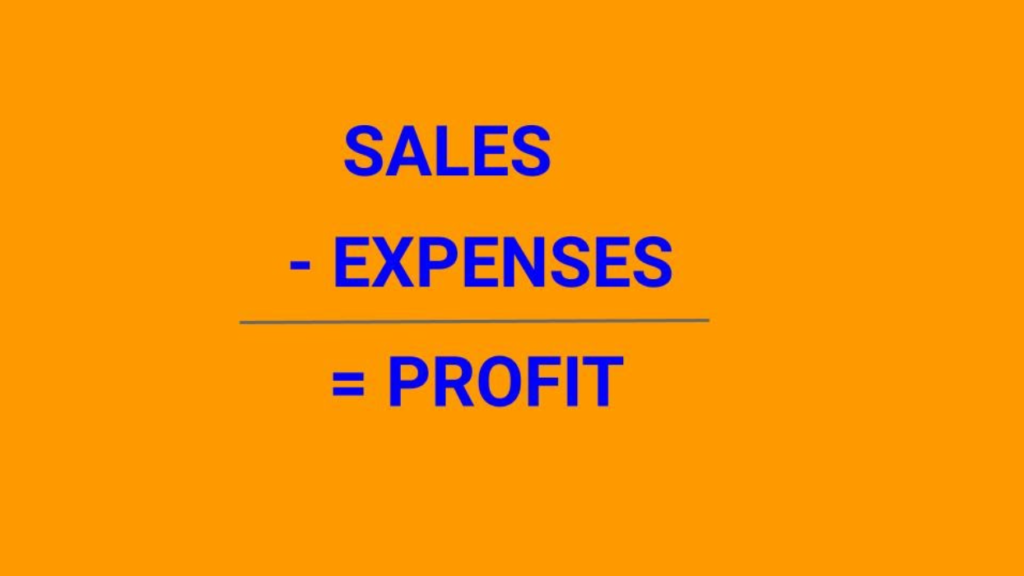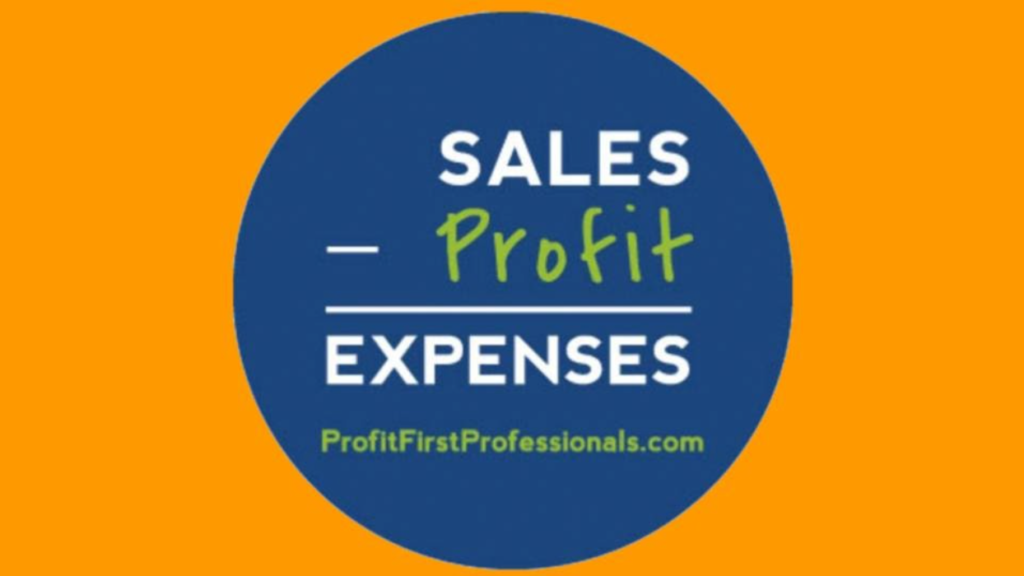Since I started Moxie Bookkeeping in 2003, here’s one of the most common issues I’ve seen in small businesses — owners aren’t paying themselves, or not enough.
And why is that?
Because they’re not really profitable. Though they might be showing a profit on their financial reports, if they don’t have enough money to pay themselves, they’re not actually profitable.
And why aren’t they profitable? Because their cash flow is all messed up.
Here’s an easy guide to what cash flow is, why you should care and how to make your business permanently profitable.
What is cash flow? Why should I care?
Cash flow is all the money that comes into or goes out of your business.
When a client pays you, that’s part of your cash flow — heading in. So is that software subscription you just renewed — heading out.
Cash flow management is the way you handle those flows.
As small business owners, it’s easy for us to let our cash flow control us. We act in the moment, for better or worse:
- I need to buy that new piece of software right now!
- I just got a big client payment and I’m feeling flush — I want to celebrate!
- I finally have a little bit of cushion in my bank account, but I’m too nervous to pay myself with it. Better leave it alone!
Being reactive like this means that not only are we not being strategic with our income, we never know if we’re doing it “right.”
Am I paying myself enough? Are my expenses too high? Will I ever make a profit? Who knows?
What managing your cash flow does for you
Though it sounds jargon-y, cash flow management is meant to answer all those questions. It’s a set of rules for what to do with your money. Ideally, it gives you consistent rules to follow over time to meet your business goals.
And like many things, there’s an old way of doing it, and a new-and-improved version.
Here’s how the old way works:

In traditional cash flow management, you take a profit (or pay yourself, which are two different things) only after your expenses are covered.
In this system, net profit usually has to cover owner’s pay, taxes, growth, savings, debt payments, emergencies, and so on. That’s a lot.
How are you supposed to manage all that if you don’t know how much you are supposed to have set aside?

By simply flipping this formula so that it reads Sales – Profit = Expenses, you protect your profit and give yourself a natural budget.
By controlling expenses to fit in what is left over, you will never accidentally overspend AND you can see problems before they happen.
Profit is your owner’s pay, tax, savings, security and purpose. You must protect it.
Why you should put your profit first
The Profit First cash management system doesn’t replace your bookkeeper or accountant – but it allows you to make informed financial decisions without having to wait on their reports.
Profit First accounting is neither greedy nor something that comes naturally to a lot of business owners. It might seem more logical to put your expenses first — after all, if you can’t keep the lights on, you can’t keep the door open. But if you neglect making a profit and think of it as a nice surprise, your business will struggle. Putting Profit First is the key to a sustainable business.
Profit First accounting helps business owners get more clarity and control over how they earn and spend money. Like the (slightly old-fashioned, these days) practice of putting cash into envelopes for specific expenses or to save money for a special occasion,
We believe the Profit First method is right for new business owners who want to establish a sound financial framework — one that focuses on Profit First and business sustainability.
The approach is also great for owners of established businesses who want to tighten up financial practices and become more profitable.
Here’s where we come in
In the confusion and chaos of running a business, it’s easy to get overwhelmed and lose sight of your finances. Can you afford to hire help? Need to cut down on expenses? Are you paying yourself enough? Who knows?
The good news is that it’s fixable. You can have financial clarity 100% of the time, and always know where you stand. We’ll show you how. Hop on a free 20-minute consultation call with us and we’ll look at your unique business needs and tell you how we can help

Want financial wisdom delivered right to you?
No more checking the blog obsessively — we’re now delivering all the good stuff right to your inbox.
